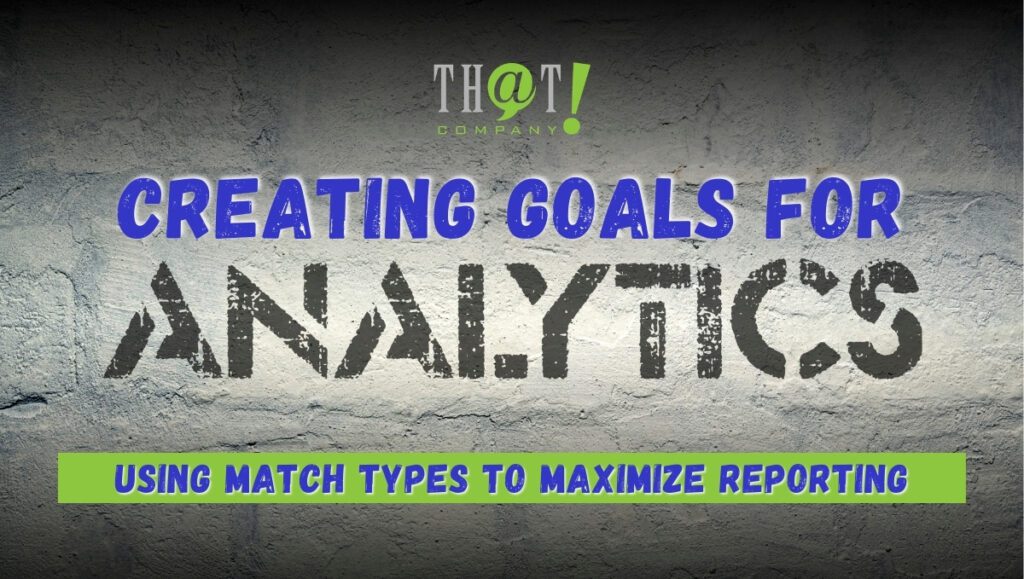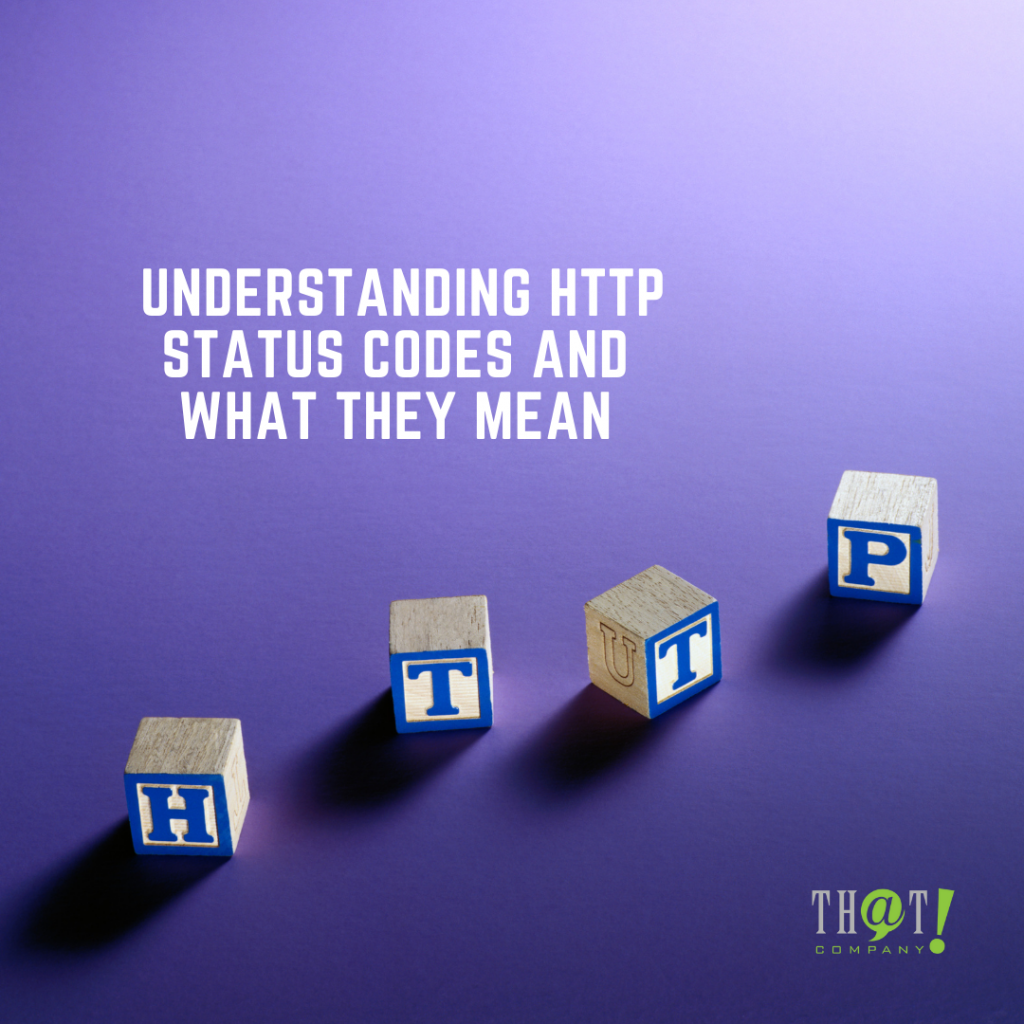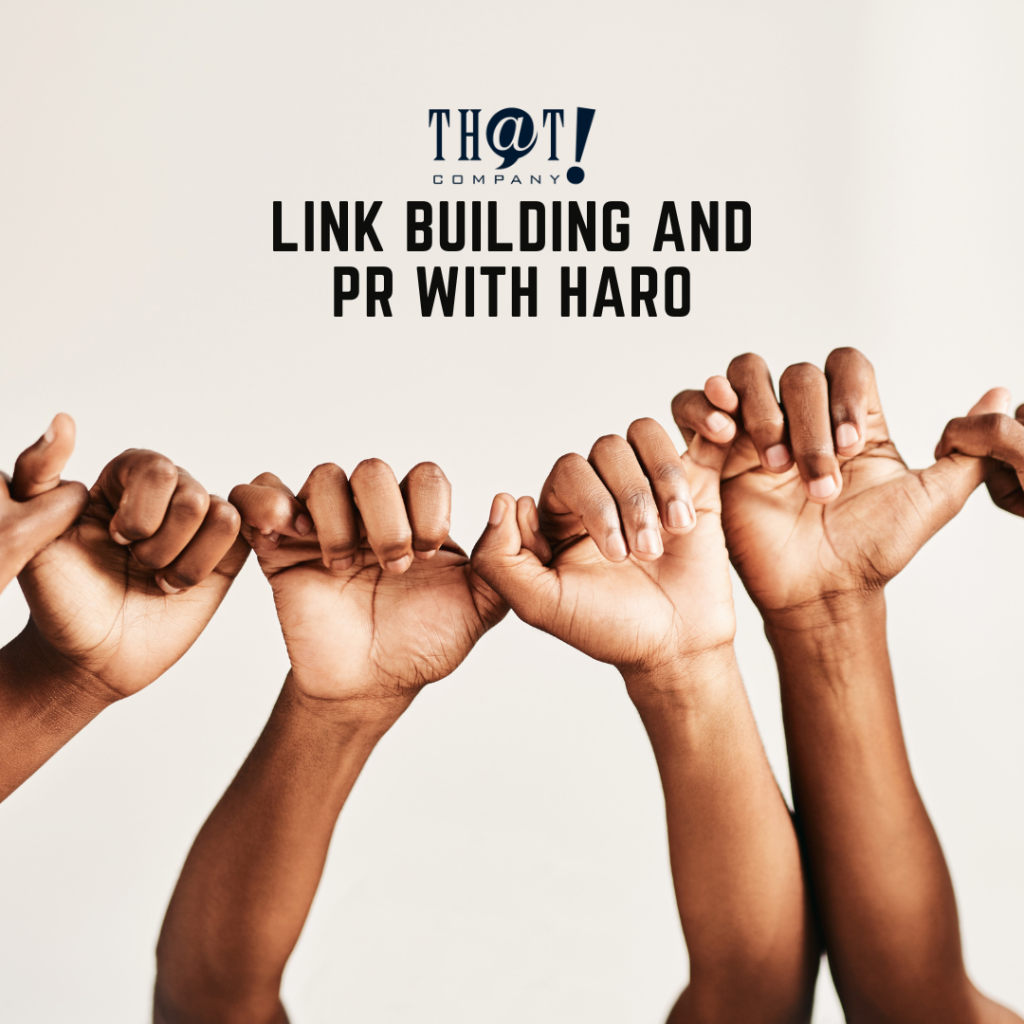
A reputation management strategy is an essential aspect of brand building, and it entails much more than ensuring that your organization receives positive feedback. Online reputation — goodwill and brand recognition — is quite hard to assess and challenging to fix. When it comes to the specific tactics for fixing a reputation, many CMOs, publicists, and executives are baffled.
Some agencies have a social media management company that provides white label reputation management to manage the image and reputation of their organization. Reputation management can affect the number of sales your business makes and the number of new customers you bring in. To garner support and credibility, companies should start strategic search engine optimization to create a positive perception through social media by providing valuable, genuine content. At the same time, businesses must stay vigilant in responding to any negative reviews or comments on blogs or social media networks.
Things To Consider When Building An Online Reputation For Your Brand
The concept of reputation management is both familiar and unknown simultaneously. The combo of objective results and theory permits us to comprehend how to construct a reputation. Like a recipe for a dish, you must know what your ingredients are from the beginning. When cooking up online reputation management, there are three main ingredients that you will need— earned media, paid media, and owned media.
· Earned Media
Earned media won’t require you to pay for it or write it yourself. Others call it free publicity. It is all the online data regarding you and your company’s brand. Customer Reviews you can find online are an example of it. An expected audience falls into this category through social media shares, retweets, re-posts of your content, and mentions of your brand or company name.
Benefits: Free, trusted by the audience, authentic, can help your brand in SEO ranking,
· Owned Media
Owned media is the content you produce yourself. You have complete control over this content, such as your blog, website, or social media accounts. While these are crucial for managing your online reputation, they only account for a small portion of your search engine rankings and hence your reputation.
The properties above are “typical fare” for reputation management firms. Beyond that, there are industry-specific sorts of owned media, which vary depending on the business.
Benefits: Control of content and immediate impact
· Paid Media
The final ingredient, Paid Media, is sometimes PPC or pay-per-click advertising. These are display ads, paid Facebook/Twitter promotion, retargeting, content syndication, sponsored influencers, and all the other types of content that will make you spend. Paid content is not less useful than the other two types of content, but it is still necessary to devote a significant amount of time and money to the first two.
Benefits: Immediate impact, Advance Targeting, High ROI
Internet Algorithms: Enemy or Friend When Creating An Online Reputation?
 With those three main ingredients, an online reputation is created. However, paid, earned, and owned media interact with other systems that significantly impact how a company is viewed online. The method of online search is the most essential of these systems; next is social media algorithms. But before we dive in, keep in mind that quality is the secret of any excellent reputation campaign. As much as we want to think of ourselves as individual thinkers capable of researching a subject and developing a position, the tools we utilize impact our entire research and thinking process.
With those three main ingredients, an online reputation is created. However, paid, earned, and owned media interact with other systems that significantly impact how a company is viewed online. The method of online search is the most essential of these systems; next is social media algorithms. But before we dive in, keep in mind that quality is the secret of any excellent reputation campaign. As much as we want to think of ourselves as individual thinkers capable of researching a subject and developing a position, the tools we utilize impact our entire research and thinking process.
· Google’s Algorithm
When we’re talking about online search, we might as well be blunt and… call it “Googling.” What do people do when they wish to learn more about something? They look it up on Google. Admit it; you do as well.
Tools like Google have incorporated their engineered biased practices that can sway their users’ opinions. Consider Google’s ability to track your whereabouts as one example.
If you reside in New York and search for “pizza place near,” you will not see San Francisco, California results. Google displays the results it believes you are looking for. This is how people search for brands on the internet.
Google is also a machine-learning powerhouse. Google’s algorithm may reward outstanding online material, deliver quick results, figure out what you’re most likely looking for, and even remember it next time you search again. This implies that the algorithm is in constant flux. The shifts might be dramatic at times. They can be minor at times, but they are constantly changing.
No, it isn’t simple. People can still “outsmart” Google. And no, it’s not unethical, and it is not against the law.
Intelligent people can develop material that jumps to the top of search engine results, suppressing other results, thanks to an AI-driven system. However, the manner in which it is carried out is critical.
This is one of the most common methods used by online reputation management firms and individuals to “delete” unwanted content (such as poor publicity and bad press) from search engines, specifically Google. Seldomly these unwanted contents can be deleted at the source, but not all the time
· Social Media Algorithms
We don’t tackle it enough, yet social media influences our thinking. Social media feeds have their own intricate machine-learning algorithm, much as Google does.
These so-called algorithms absorb your social behavior, such as who you stalk on Instagram, what you search for, what photos you like, and what you post. It also learns about the community you’re within, your friends and family, as it recognizes that the people with whom you’re linked on social media have power over your life.
Isn’t it a little creepy? The critical thing to remember is that a company’s online reputation is heavily reliant on the whims of social media.
Algorithms detect and respond to your social, political, cultural, health, ethical, moral, and religious biases. While they may not be able to change your religious, cultural, or political beliefs, the psychological phenomena of confirmation bias will work to reinforce them.
Earned, paid, and owned media are the pillars of a brand’s online reputation. Google and social media algorithms bind these pillars together in a certain way to form a cemented foundation for your company’s brand.
But unlike building a house, online reputation is very flexible. So, how do you change a person’s or a company’s reputation? You begin with a strategy and then carry it out.
Creating An Online Reputation Strategy
The following procedure is a patterned framework. The specifics will vary depending on your situation. However, there is a guide to follow, whether it comes to restoring, modifying, or defending an internet reputation.
If you are on this page and still reading this, I will assume your goal is to develop a strategy for safeguarding (or enhancing) a brand’s reputation.
Measuring company sentiment is similar to developing an online reputation management approach. The following content will be reviewed in part. However, the section on making a plan extends beyond what was covered in the section on measuring company sentiment.
A. Researching
Your first step is to conduct research, specifically a Google search. You’ll look for every possible variation of your company name and product during this step and keep track of the findings.
- Assessing corporate sentiment
You want to measure your company’s sentiment throughout this phase accurately. There are tools for that if you look online. Ask the right questions yourself first. What is your company’s image? Pay attention to the following details and write them down in a spreadsheet or document:
- Positive media scope attention + earned content
- Negative media scope attention + earned content
- Brands, companies, or competitors in the same industry, offering the same product/services
- Influencers and press – public relations companies, bloggers, individuals, publications, etc.
- Searching (private)
- Look up your company’s name. See what comes up when you Google your company’s name.
- Google your company’s products and services if you have a well-known product or brand, search for it. E.g., iPhone for Apple, cameras for Fujifilm, etc.
- Look for firm executives or management. CEOs or any big name on your company affiliated with your brand. Search for their names or variations of their names on Google. E.g., Tim Cook for Apple, Jack Dorsen for Twitter, etc.
- Look for reviews, controversies, news, controversy, crisis, or scams regarding the company/brand. Look up the company’s name and any words that pertain to your circumstance. E.g., X Company, John Doe, Lawsuits
- Search in other languages or countries where your company or product has a presence. For example, if you have an office in London or China, you should conduct a search that indicates that you are getting a pulse of that place.
- Social Media Listening
- Examine your company’s social media accounts. Examine the posts, comments, and amount of likes, etc., anywhere you have an account.
- Look up your company’s name, hashtags, and aliases. Examine what individuals are saying about you on Twitter, Instagram, or Facebook that isn’t on your own social media profiles.
The next step is to look at all of the review sites where you might be covered.
Some examples are: RottenTomatoes, Yelp, TripAdvisor
Based on the prior research, you should have a prepared list (or should already know) of some of your competitors. To research your competition, follow the same steps. As you go into the absorption phase of your strategy, this is a strong revelatory process that will increase the insight of your industry and help you establish better objectivity.
It’s unnecessary to conduct comprehensive research on every competitor you listed down if you have a few dozen. Instead, become familiar with each of them and focus your research on the top three to five, at least a representative sample.
Your goal is to understand better the sentiment of the company or brand you are handling. Then compile a list of good, negative, similar, or related companies and industry influencers.
[bctt tweet=”Unlike building a house, online reputation is very flexible. So, how do you go about changing a person’s or a company’s reputation? You begin with a strategy and then carry it out.” username=”ThatCompanycom”] B. Assimilation/Absorption
B. Assimilation/Absorption
Once you understand the corporate sentiment you are looking for (the good, the bad, even the ugliest ones), you are ready for the assimilation/absorption step.
In this step, you’ll ask tons of questions based on the data you gathered in the previous step. You may not have definitive answers to each question, but you should be able to jot down thoughts that will lead to a final approach.
- How do you feel about your brand as a whole? What is the overall perception?
- How does the perception of your brand compare to that of your competitors? Better? Worse? Just fine? In the middle?
- What is the backstory? In other words, what circumstances contributed to your brand’s current status? Allowing a reputational setback to become part of the story is good. Remember that the most captivating brand tales are ones that proceed quickly. Shocking points equate to consumption value and culminate in a win.
- What components of your story are you in charge of? What can you control?
- What do your internet reviews say about you? What is your overall rating?
- Would a strategy to improve or defend internet reviews be beneficial to your company?
- What additional properties or data can you create that will help you boost your reputation?
- Which of your competitors has the best reputation?
- What factors contributed to their outstanding reputation?
- What can you do to obtain similar results?
- What influences, impacts, or effects are available for outreach?
- What would entice them to write nice stories about you?
- What social media platforms have the most impact on establishing a positive reputation?
- What kind of information should be shared on social media to build an excellent reputation?
- What kind of bad information is ruining your name?
- Where is this unfavorable information being disseminated?
- Is it possible to suppress or erase the negative information?
C. Planning Part
The strategy-creation process is beneficial in that it is organic — the answers evolve rather than pop out, as with a successful Google Sheets formula. As you study the data, you’ll better understand the plan.
You’ll compile a list of action items for each of the four sections below in this final step of the reputation strategy. These categories are similar to the SWOT analysis, a strategic planning comparison method.
Create a list of solutions for the single most detrimental cause in your reputation. This is the most crucial point to make, especially if your company has had a reputation problem or has faced a crisis issue.
Example: Because of a botched product launch a few months ago, your brand has an average of two and a half-star ratings. This flaw in your game has to be addressed right away.
- Find out which of your levers are the most powerful.
Determine which of your pages and/or assets has the best reputation. Concentrate on the methods that will help you boost your reputation the most. Please make a list of the techniques and address them one by one. Apply the winning method to other content channels.
Example: Your company’s Facebook page has a large following. To amplify other social media channels, such as your Twitter, your Instagram or your blog, and so on, use the same posting scheme: publishing schedule, content, and so on.
- Look for flaws in your reputation.
Every brand faces some reputational concerns. Determine which properties are most vulnerable to a reputation attack and devise a strategy to strengthen them.
Example: The company’s website does not appear on the first page of Google search results for branded terms and phrases. It takes 3 pages to find your company/brand. Improving your website’s SEO is a likely good strategic move.
- Copy the competitor’s move (but not all the time)
Choose the most well-known competitor, imitate their actions, and copy its strategies to get the same results. At least one brand has a more substantial search presence, higher ratings, or a more comprehensive social strategy than the others. Choose a brand with a strong presence, then analyze the tactics that led to its success.
Online Reputation Final Insights
 Even though many reputation management companies utilize this method, an online reputation strategy is never a cut-and-dry, templated project. It takes a study. Brand reputations are similar to people’s personalities. Some intricacies and details must be first comprehended, then assimilated, and finally allowed to build the reputation plan.
Even though many reputation management companies utilize this method, an online reputation strategy is never a cut-and-dry, templated project. It takes a study. Brand reputations are similar to people’s personalities. Some intricacies and details must be first comprehended, then assimilated, and finally allowed to build the reputation plan.
Any brand can reclaim its internet reputation, regardless of what transpired regarding it, how awful its products were, or what unethical acts its leadership was involved in. Although the process will take time and resources, there is always a way to get out of that.






























